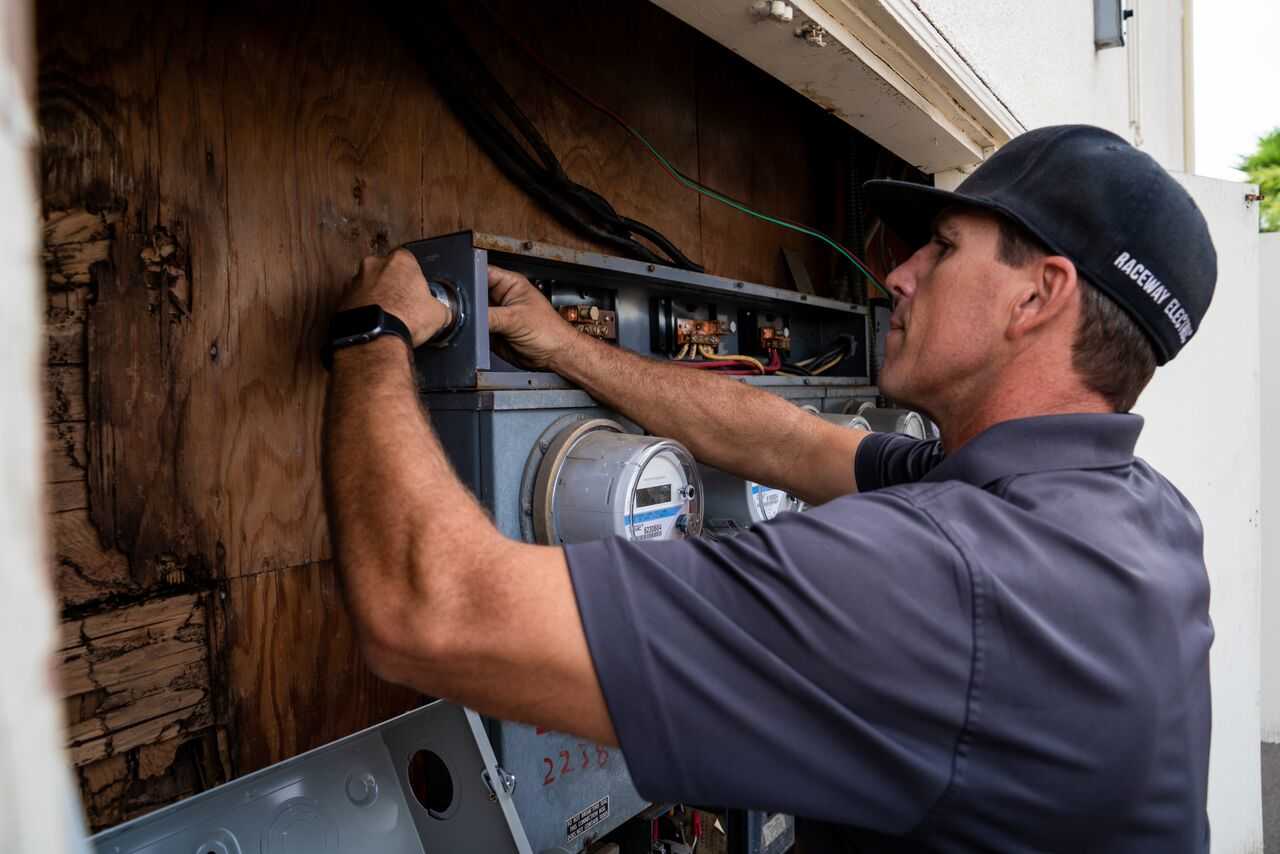As contractors, you like to see the prices of things fall. Whenever the price of copper goes down, electrical contractors are able to bid more effectively. Whenever the price of oil goes down, it doesn’t cost as much to drive your utility trucks and vans around from project to project. If you follow economic news, you know that the U.S. dollar has dropped sharply against every major world currency. Economist and government officials are keenly interested in the falling dollar. You probably have even heard your colleagues and competitors mention it as a concern. But when the dollar falls is that a good thing? And what does it mean to you as an individual investor?
You may find that the declining dollar presents you with both opportunities and challenges. On the positive side, the falling dollar may lead to increased demand for U.S. exports, which could help many companies—and boost their attractiveness to investors. On the other hand, a continually dropping dollar can cause foreign investors to keep their money closer to home. To get them back, we may have to start paying higher interest rates. And higher rates can hurt stock prices; as it becomes more costly to borrow, contractors and companies may postpone their expansion plans, resulting in slower growth and lower profitability.
However, higher rates don’t hit all market sectors in the same way—so you can’t just assume that rising rates are bad for equities that you own or are considering buying.
Seek diversification and quality
If you try to anticipate, and respond to, the market’s reaction to a falling dollar and rising interest rates, you could end up making many unnecessary transactions. One way that may help is to build an “”all-weather”” portfolio by diversifying among a wide range of stocks, along with bonds, certificates of deposit, government securities and other investment vehicles like managed money. By spreading your money around a variety of investments, you can help reduce the impact of economic forces on your portfolio.
Apart from diversifying your holdings, you can try to minimize the impact on your portfolio from the potentially harmful effects of a falling dollar and rising interest rates by investing in quality. Before you buy a stock, learn everything you can about the company. Does it have an experienced management team? Are its products highly regarded? Has it earned profits in a variety of economic environments? Buy quality stocks, and hold them for the long term no matter what happens to interest rates or the dollar.
Construct a “bond ladder”
Rising interest rates may have a bigger impact on your fixed-income investments, such as bonds, than on your stocks. If rates rise substantially, the prices of your existing bonds will likely drop; no one will pay you full price for your bonds when they can buy new ones that pay higher interest rates.
Of course, if you bought your bonds for the income they provide, and you expect to hold them until they mature, you may not be concerned if their market value drops. However, rising interest rates are often accompanied by rising inflation—which means that your interest payments could lose purchasing power.
To help protect yourself from the dual threat of rising rates and rising inflation, consider building a “”ladder”” of bonds of varying maturities. When market interest rates are high, you can reinvest the proceeds from your maturing short-term bonds; when rates are low, you’ll still get the higher payments from your longer-term bonds. I like for my construction clients to benefit from the tax-free benefits of municipal bonds. They are very interested in them especially if it was a project that they actually are working on. Check to make sure you are not subject to alternative minimum tax.
Take Charge of Your Investment Strategy
By diversifying your portfolio, investing in quality and building a bond ladder, you can take charge of your investment strategy—no matter if the dollar and interest rates move up, down or sideways.










Find Us on Socials